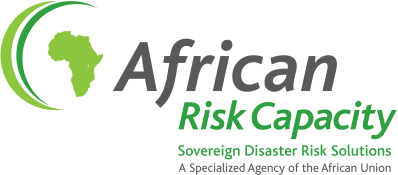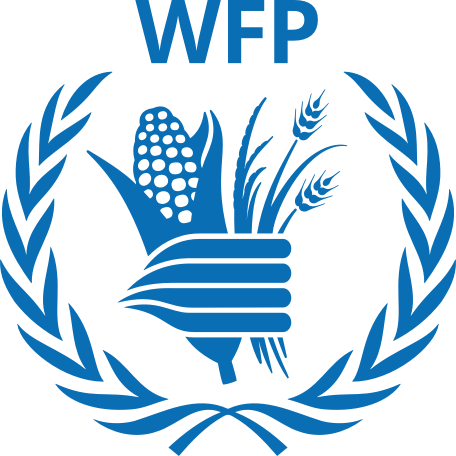ARC Replica
At a time when the humanitarian funding gap continues to widen, African Risk Capacity seeks to contribute to solutions for better allocating international resources in a cost-effective and timely manner.
ARC Member States currently pay premiums through national budget processes and receive payouts for pre-approved contingency plans from ARC Ltd. The share of coverage against total disaster funding requirements ranges from less than 10% up to 30%, with the remainder largely sourced through the UN appeals process, which itself is increasingly unable to meet the full identified needs.
By building on ARC’s government-led risk management infrastructure, the stage can be set for the evolution of the traditional appeals-based model for managing predictable natural disaster risks, switching to a largely ex ante system embedded at the sovereign level, thereby freeing up scarce humanitarian funds for complex risks that cannot be easily managed by governments nor financed by insurance-like instruments.
African Risk Capacity’s Replica Coverage allows UN agencies and other humanitarian actors to match ARC country insurance policies
By matching country policies, international resources would be used more cost-effectively through participation in ARC’s government-led risk management system while doubling the coverage of climate risk insurance.
Countries lacking financial and operational capacity for greater coverage expansion beyond that purchased by themselves would benefit from UN Agencies and other humanitarian actors, providing both increased insurance-based funding and scaled, coordinated, and timely operational execution.
ARC’s Replica Coverage operates under three principles:
- A Plan to Build Government Capacities Over Time: Through insurance and its in-country capacity building programme, ARC Agency provides expertise to and incentives for governments to invest in their emergency planning and response capacities. The payment of premiums from the national budget is simply the last step in a process of building both financial and political ownership and accountability. In order properly to align incentives, countries would only be eligible to receive matching insurance after their second year of participation in the ARC insurance system. Humanitarian actors alongside the governments in this process would align otherwise potentially distorted incentives between national financing and programmes and international efforts.
- Government Ownership of Planning and Response: In order to be eligible to take out an insurance contract, all participating governments must seek approval for their operations plans from ARC’s Peer Review Mechanism (PRM). While an international organization or NGO plan may not go through the full technical process in-country, the plans for use of funds flowing from replica coverage must still be approved by the government as part of its broader drought-, flood-, or cyclone-response plan submitted to ARC in order for replica coverage to be purchased.
- Alignment with Global Policy: In order to ensure harmonisation with post-2015 global policy (in climate change, humanitarian financing, and disaster risk reduction), the ARC Agency Governing Board will form a high level consultative group with the heads of relevant UN and other humanitarian agencies participating in the replica coverage programme.
For more information, hear how ARC partners are working to implement Replica Coverage:







